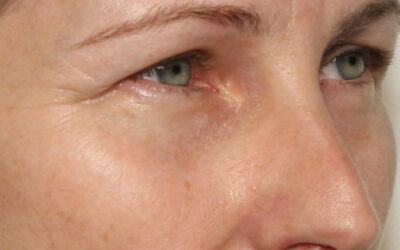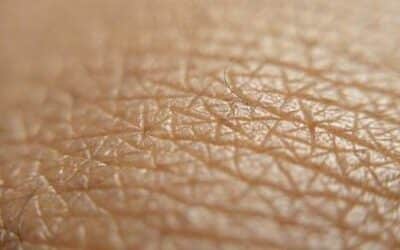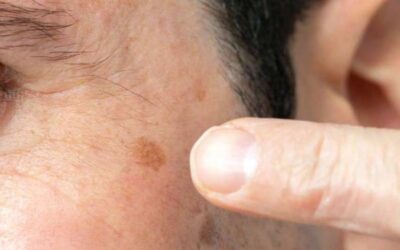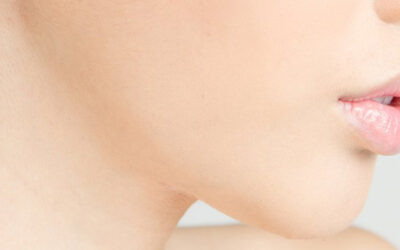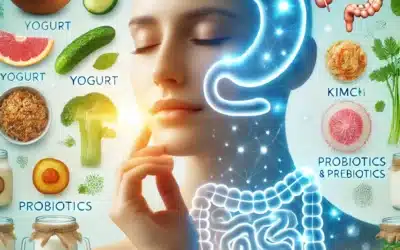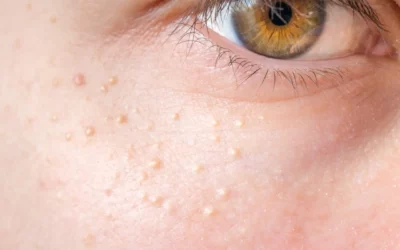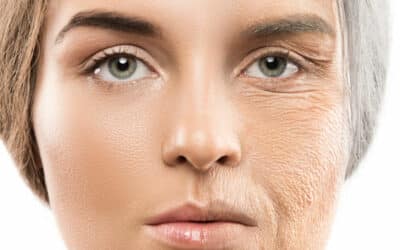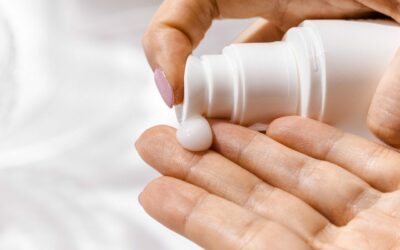Skin Ageing is a complex biological process influenced by a combination of Internal (intrinsic) and External (extrinsic) factors. Natural aging is inevitable, however premature aging, which is usually caused by extrinsic factors, is not. In this article, I will look at new information provided by Matoyla Kolaras from Skin Factors, Australia.
While aging signs of internal organs cannot be seen, the skin’s outward expression provides the first obvious marks of the passing of time. If life is about to change, the skin is proof of that change. The fact remains that good, healthy-looking skin, and beauty, is still considered one of the principal factors representing the overall perception of well-being in people. In order to best treat, reverse and prevent further premature aging, there are some new players in this arena to be aware of when reviewing the multi-faceted processes that occur in the skin as we age.
The healthy pH of the skin is between 4.1 and 4.8, much lower than once thought. The pH of men’s skin is more acidic than women’s. The acid mantle plays a crucial role in skin integrity and cohesion (working with the skin’s own building blocks such as ceramides, cholesterol, enzymes and sweat, to enable the epidermis to stay balanced), immune function (normal healthy skin can resist acidic/alkaline aggression to some degree). As the skin ages, usually between 50 and 80 years of age, the pH increases, resulting in an impaired barrier, poor skin cohesion, defective lipid processing, reduced resistance to pathogens, increased sensitivity to treatments and products, increased likelihood of inflammation and disease, and reduced response and repair to injury. The news is not all bad as the simple solutions consist of using pH balanced cleansers and skincare products, having regular monthly facial treatments with the addition of an acidic exfoliator and low pH products, and home care products that support the acid mantle’s healthy flora such as probiotics.
The major age-related change is the increasing lack of bonding of Hyaluronic Acid (HA) to water. In younger skin the water is bound to HA and other proteins, while in older skin most of the water is bound to itself, known as tetrahedron or “bulk water”. As a result, collagen and elastin become harder and stiffer, together they can obstruct the passage of nutrients and waste between cells. Therefore, this lack of interaction between water and surrounding molecules may explain that although water content remains stable in older skin, it is often dry, withered and of poor quality. The solutions to these problems consist of identifying the difference between dehydrated and lipid deficient skin, what has caused the TEWL (transepidermal water loss) ie products, treatments, lifestyle and environment, and to use home care products containing hyaluronic acid and essential fatty acids.
Many of the symptoms we see in the aging of the skin and body are directly attributed to a decrease in hormones particularly estrogen and androgen. This can result in a decrease in sebum production, and the skin’s ability to retain moisture, thus leaving the skin prone to lipid dryness, dehydration (TEWL) and itchiness. The possible solutions are:
using a lipid-rich product nightly as the last product over serums to lock in moisture while allowing the skin to repair itself overnight; look for products with ingredients that contain hormone-like effects to ease the symptoms of hormonal reduction such as black cohosh and DHEA; use products with ingredients that will target epidermal lipid synthesis which will ease dryness such as Omega 3, 6,&7, ceramides, squalene and Shea butter.
While natural aging is genetically determined, extrinsic aging can be prevented. Aesthetic treatments and home care can contribute to healthy skin aging not only by trying to erase time vestiges in the skin, but by also playing a significant part in prevention, regeneration, and delaying of skin aging. The desired therapeutic anti-aging effect of the skin is a continuous, step by step process that must also explore inner health as well as skin health to achieve long-lasting and positive changes.

